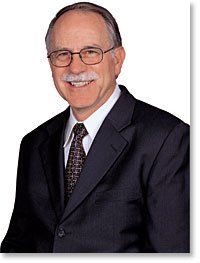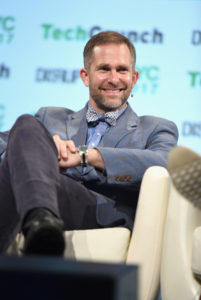How this Young Eighty-Year Old Continues to Revolutionise Manufacturing
3D Printing is now a major part of numerous applications, all the way from medicare to aerospace. However, how many of us know about its quiet founder and the story behind its success? Here’s a look at how Chuck Hull became the father of 3D printing.
Wide-spread Use
Surgeons at a hospital in Texas had to separate conjoined twins to save their lives in 1996. However, the operation would result in one girl never being able to walk, or so they thought. When doctors used a 3D printer to observe their bone structure, they found a bone bigger than expected. Hence, they split it, allowing both girls to walk. This was the magic of 3D printing. Hull recalls how the first few surgeries made him emotional, as he saw how his invention could help people.
Origin Story
Chuck Hall is now a young octogenarian who serves as the CTO of the company he co-founded, 3D Systems. Three decades ago he famously printed a cup using stereolithography, which later became 3D printing. At that time, he worked for a company that used UV light to adhere veneers to furniture. Like everyone else within the industry, he hated how difficult it was to prototype new designs.
That is when he first thought of using light to etch layers of plastic to form objects. He tinkered with the idea for over a year and finally adapted a system to do so. When he told his boss about the idea, he gave him a lab to play around during evenings and weekends.
3D Printing Revolution
The class of materials used is “photopolymers” which are acrylic-based liquids until hitting with ultraviolet light. Upon being hit, they turn into a solid which can then be molded. 3D printing, therefore, uses a vat of such liquid and turns it into a solid plastic using UV light. Upon making the project a success, Hull showed it to his wife. The idea really blossomed in the last few years with regard to rapid growth and recognition.
One of the biggest improvements it brought forth was the accuracy achieved in manufacturing. As early designs required the changing of the phase of substances, parts would shrink and get distorted. However, in recent years, that chemistry has vastly improved, ensuring there is no distortion now.
Also, the properties of the materials have improved, from being brittle to great and tough plastics. The whole point of 3D printing, according to Hull is to foster creativity and improve product design and manufacturing. The market growth occurred simultaneously and is now worth over $3 billion worldwide annually.
Continued Success
He patented this design in 1986 and then founded 3D Systems to commercialize the new technology. The company raised over $6m from investors and customers, as he used videotapes to show people how it worked. Their first product came out in 1988, becoming a sensation amongst aerospace and medical equipment manufacturers. Soon enough, GM and Mercedes-Benz became regular customers and the company just took off.
However, Hull predicted the year he invented the concept that it would take 30 years for it to be a commercial reality. That has proved correct as the widespread commercial use of 3D printers has started only in recent years. However, now that they have, the possibilities are truly endless with every industry from food making to pharmaceuticals are finding a use for it. In the future, the company will assist Google with its next-generation phone.
Legacy
Hull has 93 American patents and 20 European ones to his name. Rather than retiring to the suburbs, he has decided to keep working at his company. He now serves as the VP and CTO, holding stock worth $20m and 3D Systems makes over $500m annually. The company is growing and expanding constantly, coming out with new and innovative products.
It recently launched the Ekocycle Cube in collaboration with Black-Eyed-Peas fame Will.i.am. Will.i.am served as the chief creative officer for the project which came out as a daily use printer costing $1,199. Stepping down has never been an option for Hull, who continues working with the same passion he had decades ago.

Being a cinephile with a love for all things outdoorsy, Athulya never misses a chance to chase inspiring stories or poke fun at things, even when the subject is herself. Currently pursuing a degree in mechanical engineering, she is someone innately interested in technical and scientific research. Music reviews and op-eds define her as they allow her to explore different perspectives. Though sometimes she thinks she makes more sense playing the guitar than she does while writing.



